
About the Authors
Patricia Harris and David Lyon are authors of more than 30 books on travel, food, and art, including Boston, Massachusetts, Rhode Island, Vermont, and New Hampshire in the Food Lovers series published by the Globe Pequot Press. They live in Cambridge, Massachusetts, not far from the Longfellow House, and can be found online at HungryTravelers.com.
HISTORIC NEW ENGLAND
To the preservationists, historical societies, and tireless volunteers who keep the lights on and the doors open at New Englands National Historic Landmarks

An imprint of Rowman & Littlefield
Distributed by NATIONAL BOOK NETWORK
Copyright 2018 by Patricia Harris and David Lyon
All rights reserved. No part of this book may be reproduced in any form or by any electronic or mechanical means, including information storage and retrieval systems, without written permission from the publisher, except by a reviewer who may quote passages in a review.
British Library Cataloguing in Publication Information Available
Library of Congress Cataloging-in-Publication Data Available
ISBN 978-1-4930-2456-8 (paperback)
978-1-4930-2455-1 (e-book)
 The paper used in this publication meets the minimum requirements of American National Standard for Information SciencesPermanence of Paper for Printed Library Materials, ANSI/NISO Z39.48-1992.
The paper used in this publication meets the minimum requirements of American National Standard for Information SciencesPermanence of Paper for Printed Library Materials, ANSI/NISO Z39.48-1992.
Printed in the United States
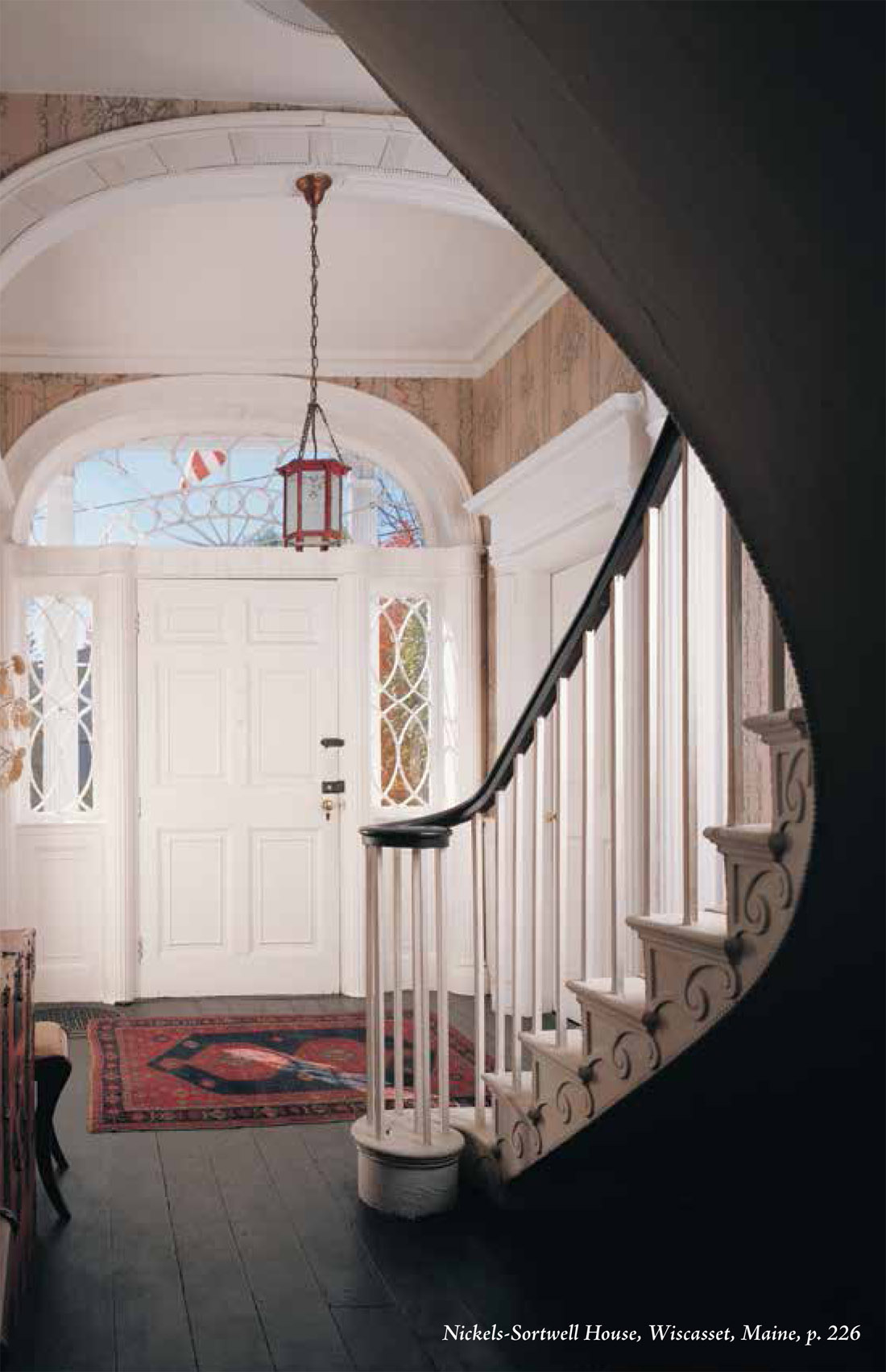
INTRODUCTION
Within these pages youll find, among other peculiarities, three submarines, a whaling ship, four windjammers, a Colonial jail, an operating room, a bird sanctuary, a weather observatory, three Shaker villages, a boat building workshop, two lighthouses, a stopover on the Underground Railroad, three carousels, and a terrific public beach. They are all National Historic Landmarks.
We were initially surprised to discover that not all historic landmarks are antique homes of founding fathers or wealthy merchantsalthough some of them are, and they are often fascinating places. But the sites in the six New England states are surprisingly diverse, which got us thinking about what makes a National Historic Landmark.
In our hunting and gathering past, a landmark was literally thata mark in the landscape to tell us where we were and how to get wherever we were going. The Old English word originally meant a marker that indicated the boundaries of an estate, a kingdom, or a community. By 1859, the term was being used figuratively for a place or event that marked a turning point in history.
It is this figurative sense that is employed by the National Historic Landmarks program. The places selected for the designation still serve a similar purpose as those ancient boundary stones or blazes on a tree. They mark our place in the cultural landscape and provide guidance about where we all might be headed.
New England has a concentration of National Historic Landmarks greater than anywhere else in the country except New York and California. They reveal a great deal about our regional identityboth what we celebrate and what we feel defines us.
We recognize that much of the country feels that we New Englanders have a puffed-up sense of ourselves, but we have every right to be proud of our many national firsts. That includes the first public arboretum, the first free municipal public library, the first enclosed shopping center, the first well-publicized use of ether for surgical anesthesia, the first independent law school, the first scientific weather observatory, the first bird sanctuary, and even the first nuclear-powered submarine. (If youre scratching your head, those would be the Arnold Arboretum, the Boston Public Library, the Arcade Providence, the Ether Dome, Tapping Reeve Law School, Blue Hill Observatory, Birdcraft, and the USS Nautilus, respectively.)
Some of our National Historic Landmarks show how our region grew, from the simple saltbox of the 1686 Jethro Coffin House, the oldest house on Nantucket, to the jewel box of Philip Johnsons Glass House, a seminal example of modern architecture. Likewise, the landmarks trace our industry and industriousness, from Slater Mill in Rhode Island to the thundering mills, locks, and canals of Lowell, to the sheer ingenuity of the perfectly preserved 19th-century mill village of Harrisville, New Hampshire.
Rock-ribbed New England values shaped the character of some of our national leaders. Landmark sites include the birthplaces of four presidentsJohn Adams, John Quincy Adams, and John F. Kennedy in Massachusetts, and Calvin Coolidge in Vermontand the childhood home of another, Franklin Pierce in New Hampshire. One of the most powerful of those regional values was the belief in the abolition of slavery. The Prudence Crandall House in Connecticut demonstrates the beginning of the civil rights struggle in education, while the African Meeting House in Boston was a cradle of the civil rights movement in the years before the Civil War. Rokeby farm in northern Vermont is one of the best authenticated stops on the Underground Railroad that carried fugitives to freedom.
The New England landscape inspired many artists and thinkers. Henry David Thoreau went to the woods at landmark Walden Pond. Many of the best American Impressionists painted along the Connecticut coast during their summers at the Florence Griswold House, while Winslow Homer drew strength from the sea and rocky coast of Maine at his studio on Prouts Neck south of Portland. That same coast made Sarah Orne Jewetts heart race in her novels written at her South Berwick home, while poet Robert Frost found his voice building stone walls and watching the shift of seasons on his farm in nearby Derry, New Hampshire. Sculptors Daniel Chester French and Augustus Saint Gaudens built summer studios in western Massachusetts and along the Connecticut River in New Hampshire. Modern dance pioneer Ted Shawn had a summer vision as well, creating Jacobs Pillow at the top of a mountain in the Berkshires.
New Englanders also know how to have fun. We count among our treasured landmarks historic carousels in Watch Hill and Riverside, Rhode Island, and in Oak Bluffs on Marthas Vineyard, still spinning after all these years. Revere Beach, the first public beach in America, is on the subway line from Boston. Our golden age of mountain recreation is alive and well at the Mount Washington Hotel, while the Newport Casino marks the birth of lawn tennis in the United States. Our national preoccupation with the pigskin sport even gets its due at the landmark Yale Bowl.
As the National Park Service defines them, National Historic Landmarks are nationally significant historic places designated by the Secretary of the Interior because they possess exceptional value or quality in illustrating or interpreting the heritage of the United States. There are more than 2,500 places with this distinction. Often confused with the much longer list of National Historic Places, National Historic Landmarks must meet a much higher standard of significance and go through a rigorous nomination process.
By our count there are about 400 National Historic Landmarks in all of New England, and one of our greatest regrets was that we couldnt include them all. We immediately eliminated those that are inaccessible (or nearly so) to the public, those where there isnt much to see, and all of those that lie on Bostons Freedom Trail or within Minuteman National Historic Park in Lexington and Concord, because they are so extensively documented elsewhere.
Next page


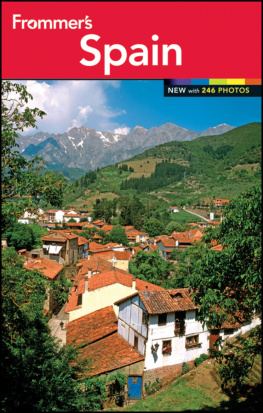



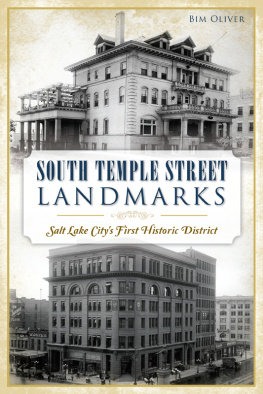

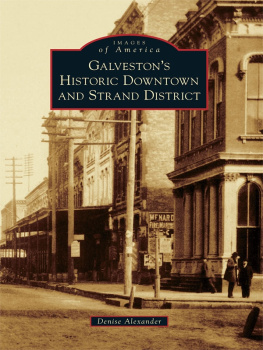
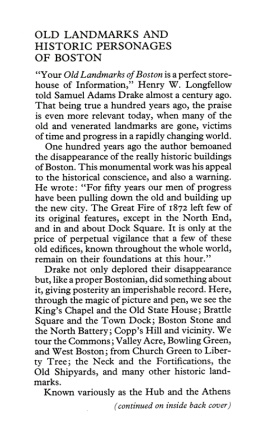
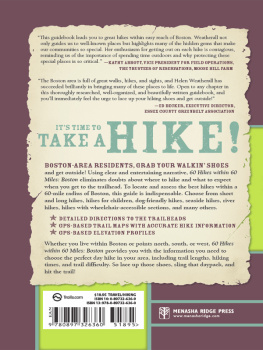


 The paper used in this publication meets the minimum requirements of American National Standard for Information SciencesPermanence of Paper for Printed Library Materials, ANSI/NISO Z39.48-1992.
The paper used in this publication meets the minimum requirements of American National Standard for Information SciencesPermanence of Paper for Printed Library Materials, ANSI/NISO Z39.48-1992.